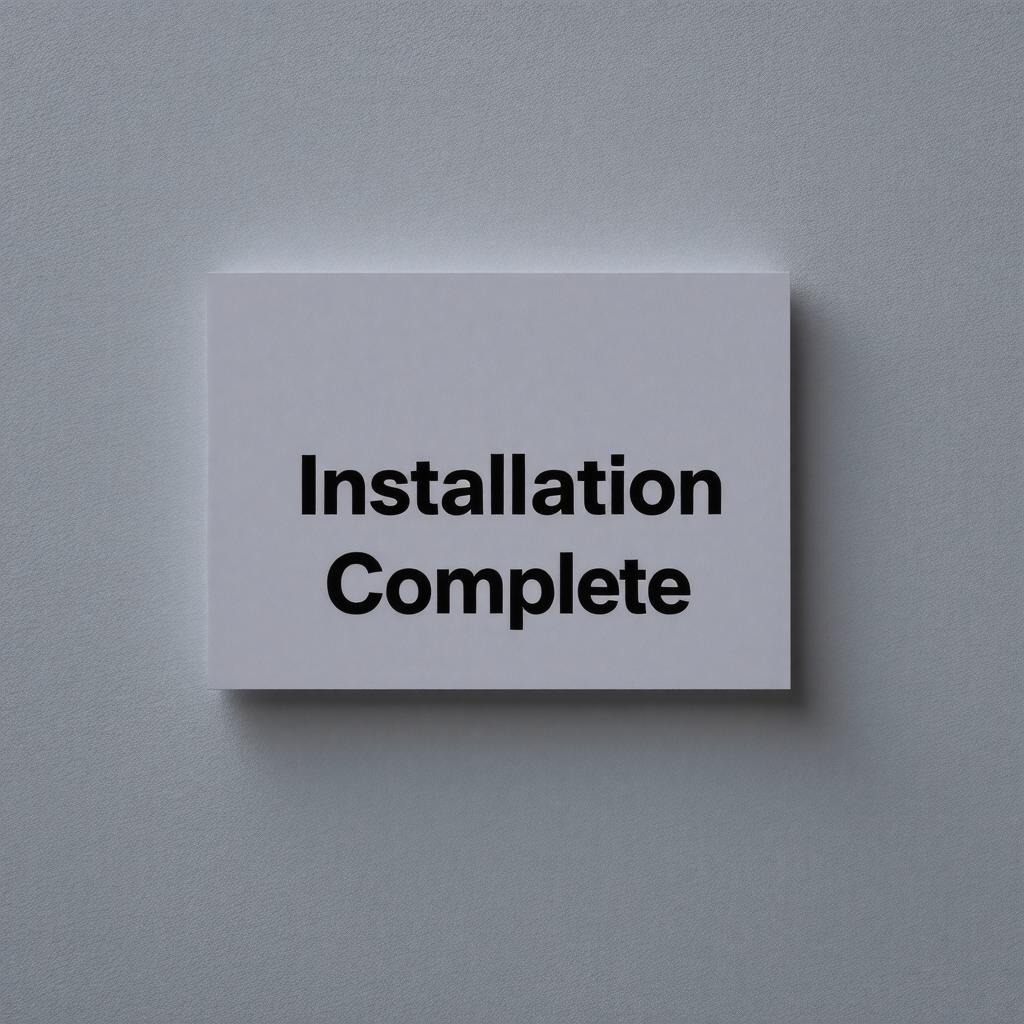Building a Real-Time Chat App with Next.js and Socket.IO
Real-time communication has become a cornerstone of modern web applications. From collaborative workspaces to interactive gaming, the ability to instantly share information enhances user engagement and creates dynamic experiences. This post will guide you through building a real-time chat application using Next.js, a powerful React framework, and Socket.IO, a library that simplifies real-time, bidirectional communication between web clients and servers.

Why Next.js and Socket.IO?
Next.js offers several benefits for building this type of application:
- Server-Side Rendering (SSR) and Static Site Generation (SSG): Next.js allows for improved SEO and faster initial page loads, essential for a smooth user experience.
- API Routes: Next.js simplifies backend logic with built-in API routes, making it easy to set up a Socket.IO server.
- Easy Setup and Development: The Next.js development environment is straightforward and developer-friendly.
Socket.IO is a perfect complement to Next.js because:
- Real-time, Bidirectional Communication: Socket.IO enables instant data exchange between the client and server, crucial for a chat application.
- Event-Driven Architecture: Socket.IO simplifies handling various chat events, like new messages, user joins, and disconnects.
- Cross-Browser Compatibility: Socket.IO works seamlessly across different browsers, ensuring a consistent experience for all users.
Getting Started
First, create a new Next.js project:
npx create-next-app chat-app
cd chat-app
Next, install Socket.IO:
npm install socket.io

Setting up the Server
Create a file called pages/api/socket.js. This will serve as our Socket.IO server.
import { Server } from 'socket.io';
const SocketHandler = (req, res) => {
if (res.socket.server.io) {
console.log('Socket is already running')
} else {
console.log('Socket is initializing')
const io = new Server(res.socket.server)
res.socket.server.io = io
io.on('connection', socket => {
console.log('a user connected')
socket.on('chat message', msg => {
socket.broadcast.emit('chat message', msg)
})
socket.on('disconnect', () => {
console.log('user disconnected')
})
})
}
res.end()
}
export default SocketHandler
This code initializes a Socket.IO server and listens for connection, chat message, and disconnect events.
Building the Client
Now, let's create the client-side component. Update pages/index.js:
import { useState, useEffect } from 'react'
import io from 'socket.io-client'
let socket
export default function Home() {
const [message, setMessage] = useState('')
const [messages, setMessages] = useState([])
useEffect(() => {
socket = io()
socket.on('chat message', msg => {
setMessages(msgs => [...msgs, msg])
})
return () => {
socket.off('chat message')
socket.disconnect()
}
}, [])
const handleSubmit = (e) => {
e.preventDefault()
socket.emit('chat message', message)
setMessage('')
}
return (
<div>
<ul>
{messages.map((msg, i) => <li key={i}>{msg}</li>)}
</ul>
<form onSubmit={handleSubmit}>
<input type="text" value={message} onChange={e => setMessage(e.target.value)} />
<button>Send</button>
</form>
</div>
)
}

This code establishes a connection to the Socket.IO server, listens for incoming messages, and sends messages to the server upon form submission.
Running the Application
Start your development server:
npm run dev
Open multiple browser windows and send messages between them. You should see the messages appear in real-time!
Further Enhancements
This is a basic chat application. You can extend it further by:
- Adding user authentication: Implement user login and registration to identify users.
- Creating private chat rooms: Allow users to create or join private rooms for more focused conversations.
- Implementing message persistence: Store chat history in a database for later retrieval.
- Adding rich text formatting: Enable users to format their messages with bold, italics, etc.
- Integrating with other services: Connect your chat app to other platforms, like Slack or Discord.

Conclusion
Building a real-time chat application with Next.js and Socket.IO is a relatively straightforward process. By leveraging the strengths of these technologies, you can create engaging and dynamic user experiences. The possibilities for expansion are vast, allowing you to tailor the application to your specific needs. This tutorial provides a solid foundation for building more complex real-time applications. Explore the provided links and continue experimenting to unlock the full potential of real-time communication in your projects!